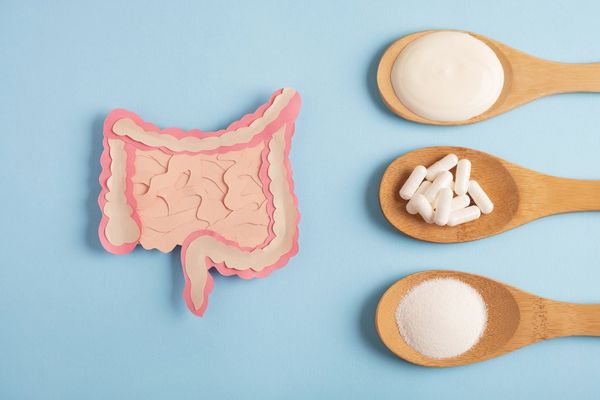

Learn about our editorial policies
Medically Reviewed
This article has been archived. We will no longer be updating it. For our most up-to-date information, please visit our bone health information here.
Q:
My doctor recently told me that I was deficient in vitamin D. Other than taking a supplement, what can I do to remedy this?
A:
Almost anywhere you look these days vitamin D is in the news. Lack of adequate vitamin D has been linked to everything from increased risk of breast cancer to bad moods. While the association of vitamin D to a host of diseases is still not proven, there is reliable data showing that vitamin D can prevent bone fractures in older adults.
Researchers are looking so closely at vitamin D as a possible link to a variety of diseases because it is involved in a host of metabolic processes. Besides being essential for absorbing calcium from the gastrointestinal tract and sustaining normal bone growth and remodeling, vitamin D has other roles in human health, including roles in neuromuscular and immune function and the reduction of inflammation. It also helps control genes encoding proteins that regulate how cells multiply.
One would think that a vitamin with such important roles in the body would be widely distributed in the diet. In fact, dietary sources are quite limited. Abundant amounts of vitamin D are naturally found only in fatty fish such as salmon, tuna and mackerel. Eggs, cheese and mushrooms also supply small amounts. For many Americans, fortified milk is often the only reliable source of vitamin D in the diet. Milk is fortified with approximately 100 international units (IU) per cup. Fortified cereal, yogurts, juices and margarines also add additional amounts to daily intake.
The recommended daily intake for vitamin D recently was set at 600 international units (IUs) for anyone up to age 71 (including children) and at 800 IUs for those 71 and older. Some experts still would like to see higher recommended levels, but the Institute of Medicine did not find evidence to support higher levels. Because extreme levels of vitamin D can damage the kidneys and heart and may be associated with other chronic diseases, the IOM established maximum safe levels of vitamin D at 2,500 IUs per day for children ages 1 through 3; 3,000 IUs daily for children 4 through 8 years old; and 4,000 IUs daily for all others.
Humans can also obtain vitamin D from exposure to sunlight. Our skin provides a ready source of vitamin D by converting ultraviolet light into a forerunner of vitamin D. People in sunny climates often have adequate supplies of vitamin D. For most people in the United States, sunlight exposure during the winter months is not strong enough to be a reliable source. Therefore, most health care professionals recommend that if vitamin D levels are found to be low, people take a vitamin supplement.
You might be interested in





